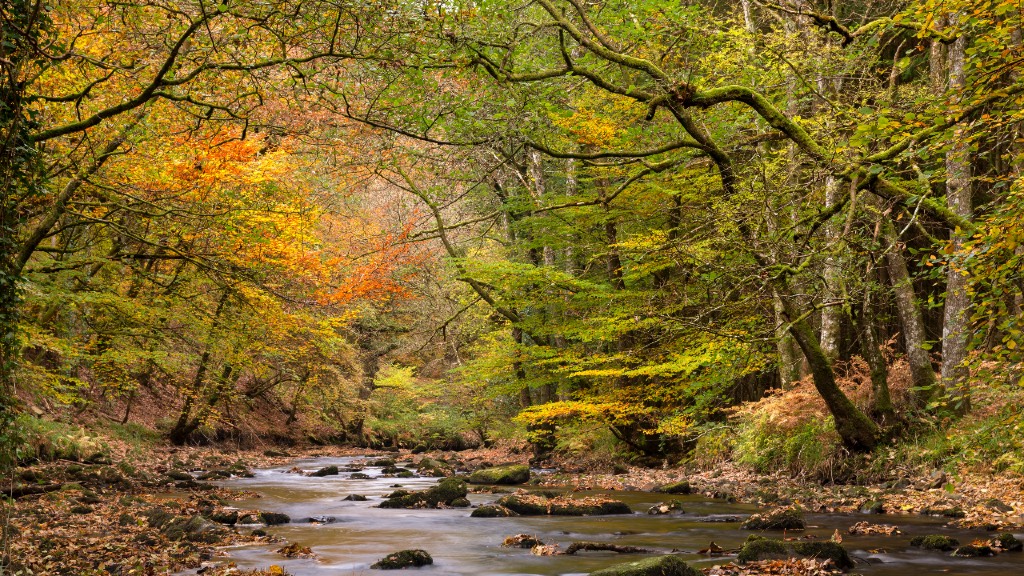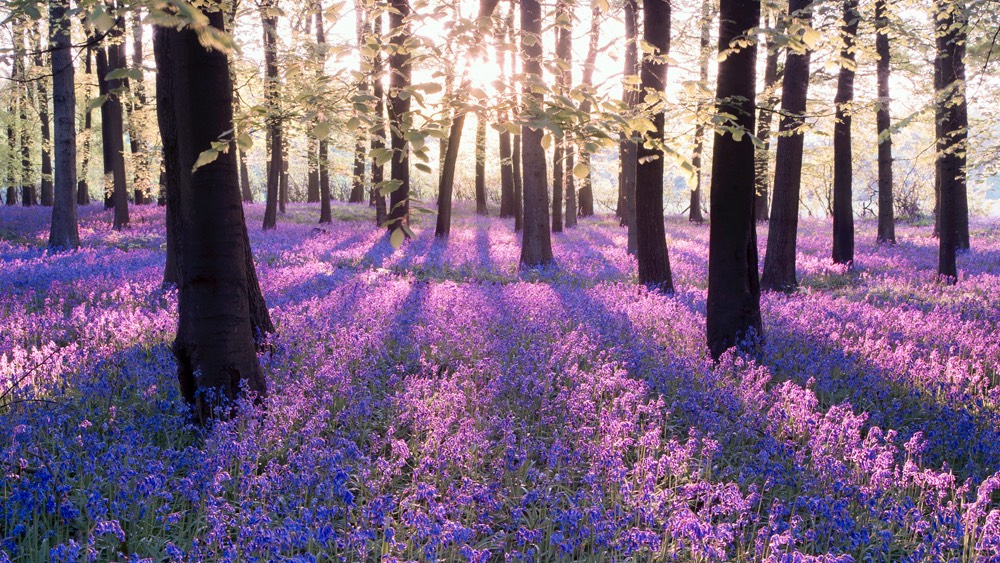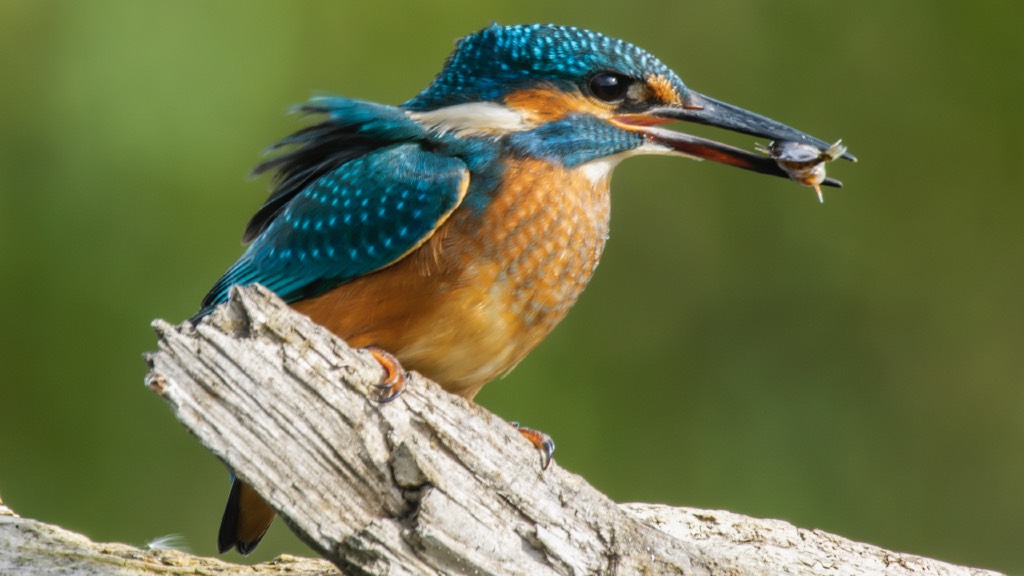
Woods face several threats including destruction by development, imported pests and diseases and the impacts of the climate crisis and pollution. /Adam Burton/WTML
Woods face several threats including destruction by development, imported pests and diseases and the impacts of the climate crisis and pollution. /Adam Burton/WTML
The UK's ancient woodlands are continuously being lost and just 7 percent of Britain's native woodlands are currently in good ecological condition, according to the latest report by one of the country's leading conservation bodies.
The alarming finding indicates that native woodlands have hit a crisis point, according to The Woodland Trust.
It says the range of threats the woods face include destruction by development, imported pests and diseases, the impacts of the climate crisis and pollution.
"The warning signs in this report are loud and clear. If we don't tackle the threats facing our woods and trees, we will severely damage the UK's ability to address the climate and nature crises," said Abi Bunker, director of conservation and external affairs at the Woodland Trust.
"Our wildlife havens are suffering and we are storing up problems for future generations."
READ MORE:
Russia's lifelike robots put to work
Citroen outlines China sales 'ambitions'
What are rare earth metals used for?

Native woods and trees make up around 50% of UK canopy cover. /WTML
Native woods and trees make up around 50% of UK canopy cover. /WTML
The report says there have been significant changes to the type, age, location and value of woods and trees in the past century, all down to a range of factors that present both risk and opportunity. Huge technological developments, an explosion in global trade, new transport links and climate change have all had an impact.
Woodland cover is gradually increasing, having more than doubled in the past 100 years, even though the UK remains one of the least wooded countries in Europe, according to the report. It also says woodland wildlife is decreasing because non-native trees account for most of the growth and existing native woodlands are also isolated and in poor ecological health.
It says that, unfortunately, existing damaged woods are neither being restored nor being better managed. But there is hope that some local initiatives are highlighting best practice and may inspire the creation of resilient native woodlands that can form part of larger ecological networks.

The COVID-19 pandemic has highlighted the importance of natural green space for recreation during lockdown restrictions. /Paul Glendell/WTML
The COVID-19 pandemic has highlighted the importance of natural green space for recreation during lockdown restrictions. /Paul Glendell/WTML
Locking up carbon
According to the Woodland Trust, woods and trees are vital for a healthy, happy society. They also absorb carbon to fight climate change, improve our physical and mental wellbeing and help to reduce pollution and flooding.
But they also face threats such as climate impacts, imported diseases, invasive plants and air pollutants, all of which can decrease the benefits of woods and trees for people and for wildlife.
Woodland specialist birds and butterflies have declined by almost half since 1970, the report found.
Woodlands in Great Britain hold 213 million tons of carbon in their living trees. Ancient and long-established woodlands account for 36 percent of it, even though they make up only 25 percent of all woodland.
Ancient woodland carbon stocks are projected to more than double over the next 100 years as they lock away more carbon and in so doing help mitigate climate change.
Trees can also help with adaptation to changes in the weather and climate by reducing the risk of downstream flooding.
Urban woods and trees also provide water management, pollution control and temperature regulation in towns and cities where 80 percent of the UK population lives.
The report says recreational access to woodlands is vital for health and wellbeing and the COVID-19 pandemic has highlighted the importance of natural green space for recreation during lockdown restrictions.
However, it says the number of people with easy access to woodland has declined since 2016: In 2020, 16.2 percent of people in the UK had access to a wood of at least 2 hectares within 500 meters of their homes, down from 21.1 percent in 2016. While 66.6 percent had access to a wood of at least 20 hectares within 4km of their homes, down from 72.7 percent in 2016.

Although woodland cover has more than doubled in the past 100 years, woodland wildlife is decreasing. /John Bridges/WTML
Although woodland cover has more than doubled in the past 100 years, woodland wildlife is decreasing. /John Bridges/WTML
Increasing woodland area
The Woodland Trust found that tree cover in the UK is increasing, but nowhere near fast enough, particularly native tree cover.
For the UK to reach net-zero carbon emissions by 2050, it needs to meet the target of around 30,000 hectares per year, but it appears to be failing to get even close to this target.
Woodland cover sits at 13.2 percent of UK land area, which excludes trees outside woods – important contributors to overall canopy cover, according to the report.
Native woods and trees make up around 50 percent of UK canopy cover and provide essential habitat and refuges for native wildlife in a rapidly changing environment.
The report suggests the UK needs to at least quadruple the current rate of woodland creation and increase the proportion made up of native tree and shrub species to help minimize the pace and level of climate change, adapt to its unavoidable impacts and give nature a fighting chance of recovery.
"The government's new Environment Bill must provide the foundation for ambitious, effective and well-funded woodland policies and grants so that landowners and communities can protect, restore and create wildlife-rich, healthy wooded and treed landscapes in towns, cities and the wider countryside," said Abi Bunker.
She recommended setting legally binding targets for the recovery of nature, including the precious and irreplaceable ancient woodlands and trees.
"There is no success in hitting creation targets if our existing woods and trees are struggling and in decline," she cautioned.

